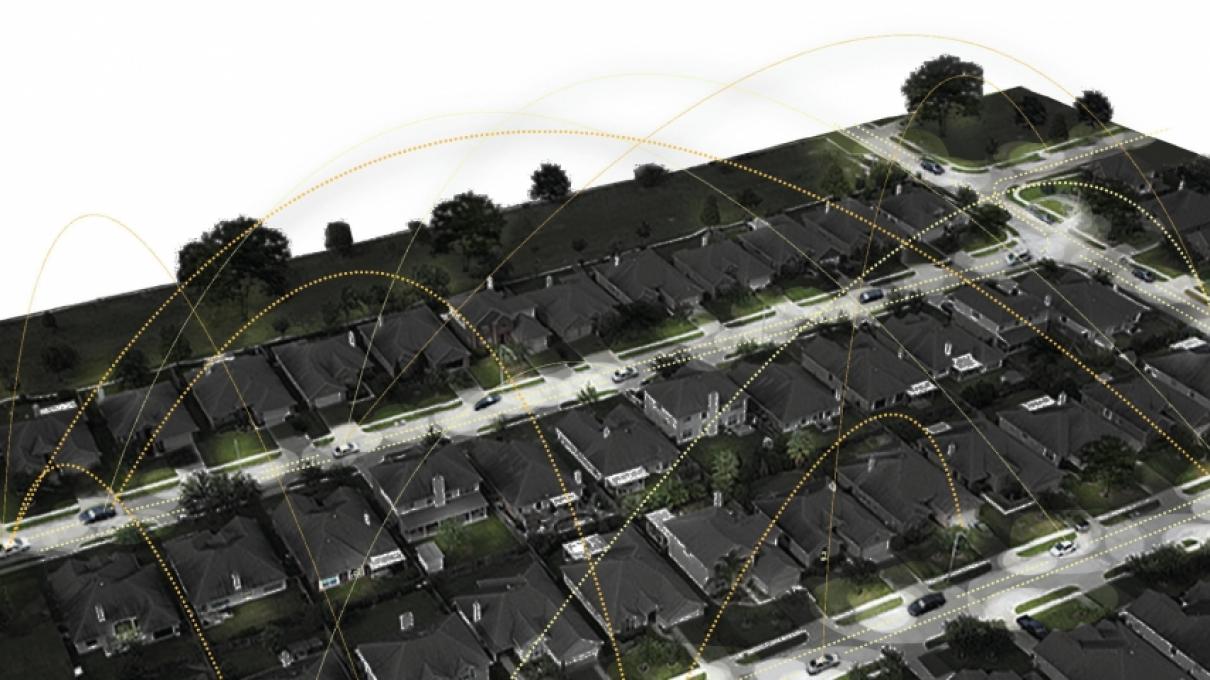MIT-Philips Lighting Grand Challenge 2017

The 2017 MIT-Philips Lighting Grand Challenge solicited proposals on the future of the Internet of Things in lighting and beyond. Teams from across MIT were invited to submit proposals that investigated a new approach or idea, conduct short-term, exploratory research and seed ideas for longer-term sponsored research. This year’s Grand Challenge has been awarded to the following projects: Improving the Adoption of Smart Lighting Infrastructure: Understanding and Mitigating the Impacts of Cybersecurity (Principal Research Scientist Michael Siegel, Professor Stuart Madnick) and Body Sensing Smartwatches to Enable Adaptive Lighting Systems (Professor Thomas Malone, Research Scientist Peter Gloor, and Research Scientist Robert Laubacher).
Body Sensing Smartwatches to Enable Adaptive Lighting Systems (Thomas Malone, Peter Gloor, Robert Laubacher) - proposes to build a body sensing system that can measure individual mood states (e.g. happiness, anger, fear) and interactions between people. The goal of this project is to develop a lightweight, inexpensive, and non-intrusive sensor system that is easy to use over extended time periods. The team plans to integrate the smartwatch with each subject’s smartphone to access the phone’s location sensing and data transmission capacity, as well as its processing power. The smartwatches will also provide data on lighting level and heart rate. Smartwatches are designed to be worn constantly, naturally and non-intrusively, and their rechargeable batteries have robust charge length. Their displays also enable easy two-way communication to give status updates to wearers. The long-term vision of this research is that smartwatches can become a key element of an adaptive lighting systems that will adjust based on people’s moods and the kind of tasks a work group is tackling.
Improving the Adoption of Smart Lighting Infrastructure: Understanding and Mitigating the Impacts of Cybersecurity (Michael Siegel, Stuart Madnick) - proposes to examine the cybersecurity concerns of consumers, businesses and industries related to the adoption of smart lighting technologies. Equally important to addressing these concerns, will be preparing for and responding to incidents that can impact future smart lighting adoption. The team proposes to address these issues by developing research solutions to identify and resolve cybersecurity impacts of adoption, using tools such as simulation modeling, survey data and data analytics, and scenarios analysis. The rising demand for smart lighting infrastructure requires undertaking ‘technological’ innovations. Consequently, cybersecurity is a critical issue as the industry faces growing cyber risks. Smart lighting technologies open up more connections to the Internet. While enhanced features are introduced, the networked systems become increasingly complex and more vulnerable, which increases the possibility of cyber incidents. Other complications are added with the Internet of Things, where intelligent devices are connected, as sensors and/or controllers. In fact, not only are vulnerabilities on the rise, but they also have the potential of becoming more sophisticated, given the unknown characteristics of new lighting technologies.


